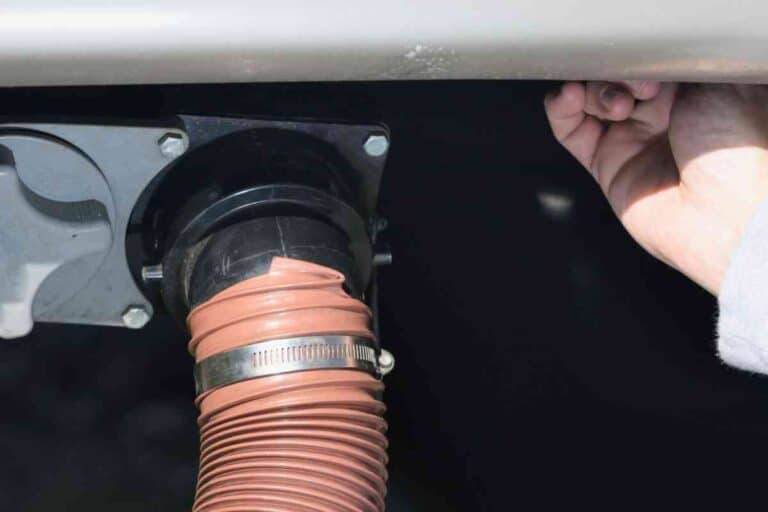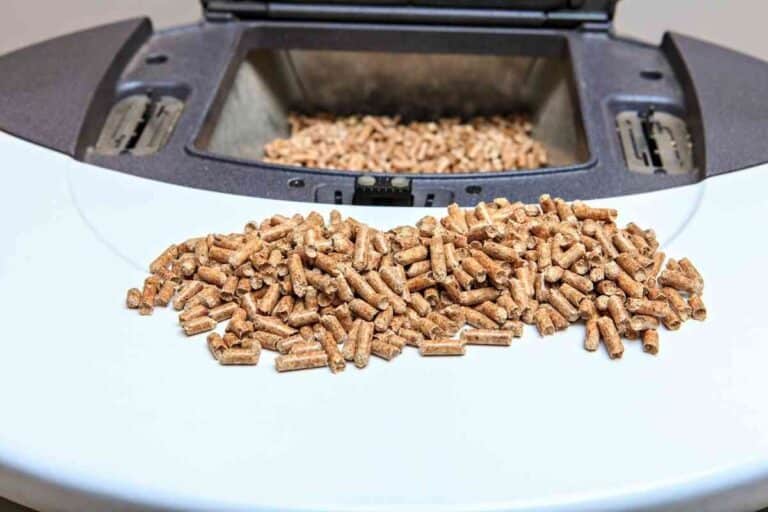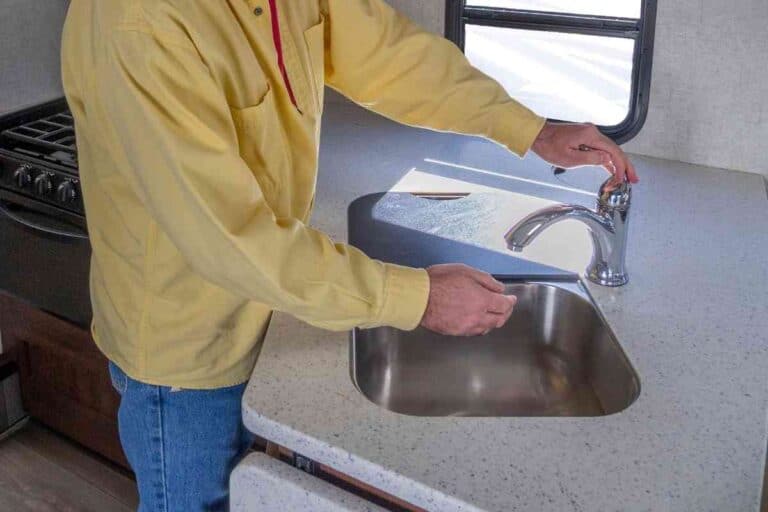Why Does My RV Have Two Grey Water Tanks?
Depending on the RV model that you own, you may find that your vehicle has two gray water tanks, but why do you need more than one? Every RV on the market is designed to have a gray water tank for storing the wastewater that you use while on the road. However, some RVs are equipped with two gray water tanks so that the vehicle has more dynamic storage for wastewater.
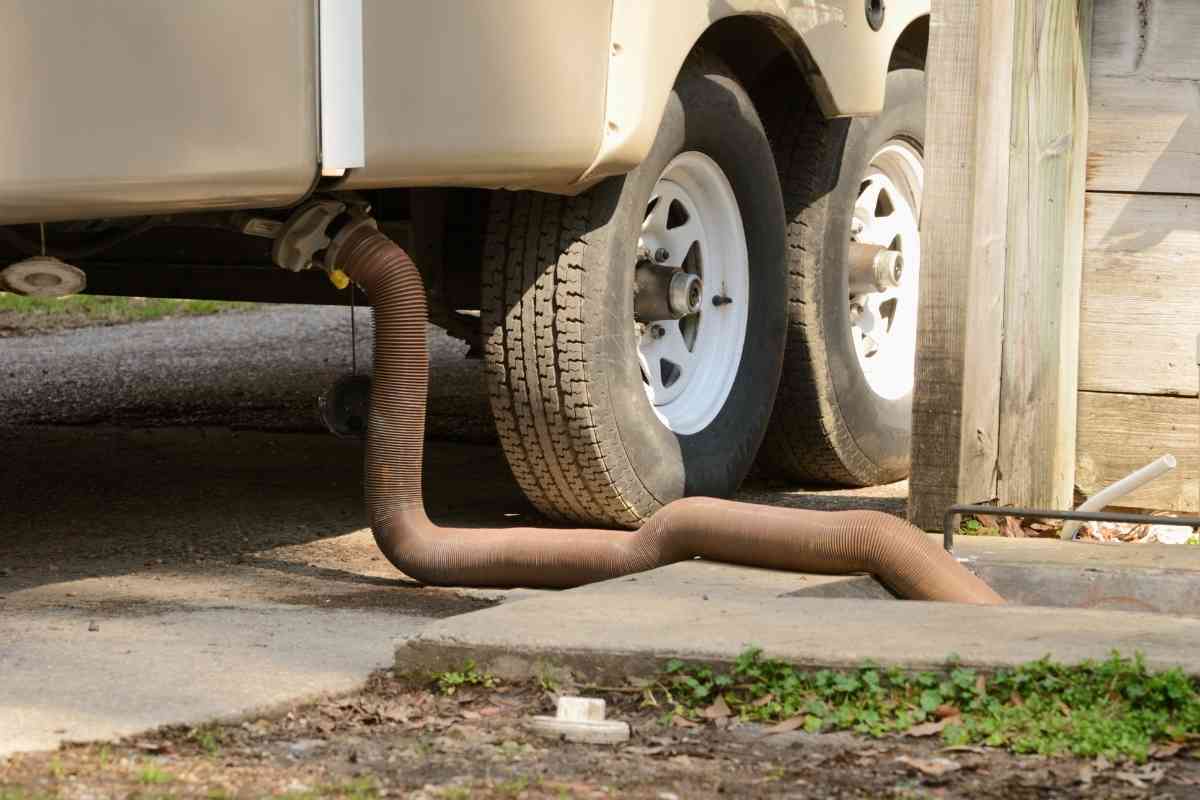
Why Does My RV Have Two Grey Water Tanks?
RVs are often designed with two gray water tanks to increase the capacity of your vehicle’s wastewater storage. In addition, having two grey water tanks also makes it more practical and efficient to maintain your wastewater system.
RV travel is a way of life for so many people. The feeling of hitting the open road in your very own bedroom on wheels as you embark on an adventure is priceless.
An RV enables you to travel in comfort and solitude, which is why every vehicle is designed to have essential utilities such as water, power, and sewage. However, RVs also require a considerable amount of upkeep – with gray water disposal being a regular chore while you are on the road.
Your RV should have a gray water tank that stores all of your vehicle’s used water.
This is wastewater that comes from your bathroom sink, kitchen sink, shower, as well as any other appliances that you have hooked up in your camper. With that said, some RVs have two gray water tanks, which leaves a lot of people wondering why you would need an additional tank. To help you understand this further, we are going to take a closer look at why your RV has two gray water tanks.
After extensively researching recreational vehicle plumbing systems, I have been able to gather enough information to determine why some RVs are designed with two gray water tanks.
My research has indicated that RV manufacturers design some RV models with an extra gray water tank to improve the efficiency of the sewage system.
Why Does My Camper Have Two Gray Tanks?
Although most campers were traditionally designed to have a single gray water tank, it has become quite common to find RVs that are equipped with two tanks for storing gray water. At first glance, this may seem like a redundant feature or perhaps even a design flaw.
However, having two gray water tanks on an RV can actually improve your camping experience and make handling your vehicle’s plumbing a lot easier. With that said, it is important to understand that each RV is different and some manufacturers design their campers to have a second gray water tank for separate reasons.
Increased Storage Capacity
Emptying out your RV’s wastewater can become a nuisance and it interferes with a lot of camper’s travel plans by forcing them to make constant dump station stops to drain their gray water. RV manufacturers understand this, which is why they sometimes design vehicles to have two gray water tanks.
Ultimately, having two gray water tanks implies that you do not need to drain your wastewater as frequently. You can travel for longer periods with less upkeep and enjoy your trip without having as many laborious duties.
Easy to Maintain
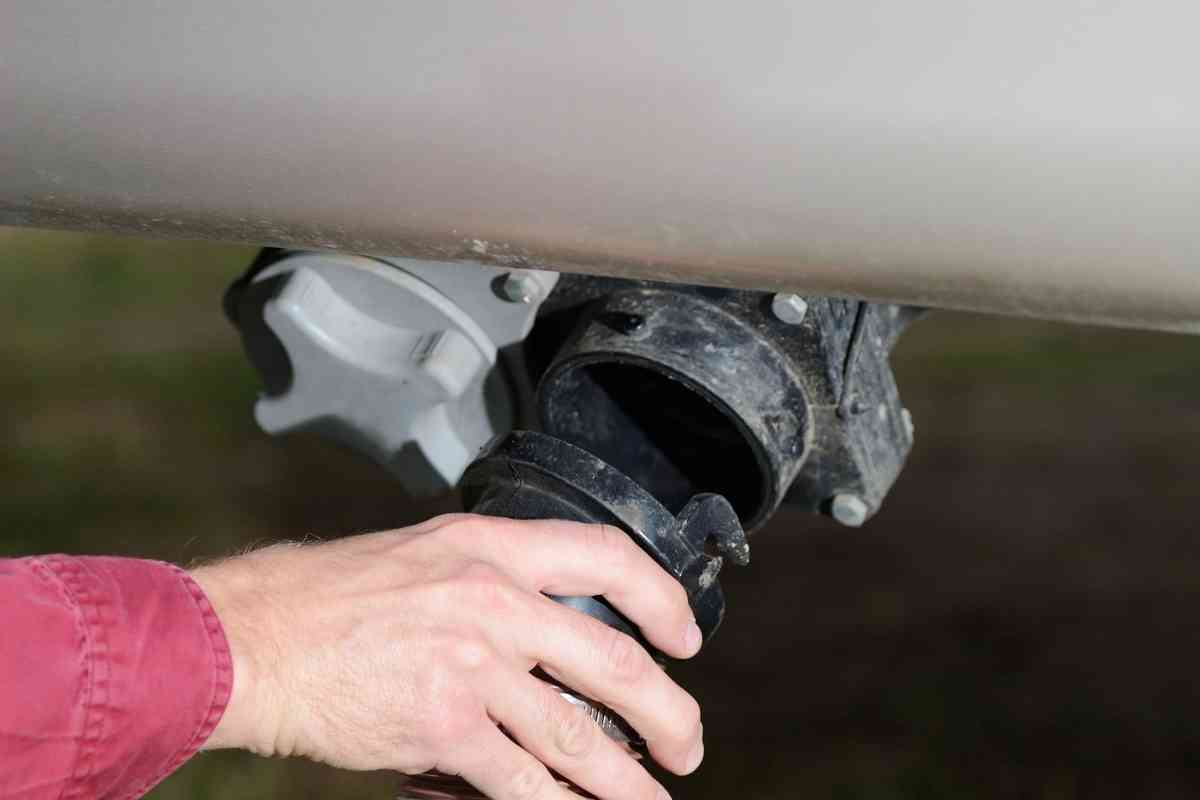
Manufacturers also design RVs with two separate tanks because they are often easier to maintain. This is particularly the case for larger-sized RVs that require a higher gray water storage capacity
Instead of designing an RV with one giant gray water tank, it is much more practical to have two. This is also a very convenient feature in case something goes wrong with one of your tanks.
It is quite common for RVs to experience plumbing issues after years of use, which can be a major problem if you only have one gray water tank, as you may not be able to use your vehicle’s water until this issue is resolved. A second gray water tank acts as a backup in this situation – enabling you to continue to use your RVs water with half the capacity until you get the other tank fixed.
How Do You Empty Both Grey Water Tanks?
Emptying your RV’s grey water tanks is not hard, but you must have the essential sewage tools for the process. When you purchased your camper, it should have come with some standard sewage tools and supplies so that you can drain your vehicle’s wastewater.
There are some additional supplies that you can buy to make the process more efficient and convenient, but all that you really need for the job is a sewage hose that fits your RV and a dump station that specializes in RV waste disposal.
If you are not familiar with where your RV’s grey water outputs are, check your owner’s manual, as the location can vary depending on the type of vehicle you own. Once you find your outputs, follow these steps to empty both grey water tanks:
- Connect sewage hose to RV
- Connect sewage hose to sewage inlet
- Open RV grey water valve
- Wait for grey water to empty
Once the grey water starts flowing, it usually takes around 5 to 10 minutes for everything to drain (depending on the size of your tank).
How Do You Connect Two GREY Tanks?
If you want to connect your two grey water tanks, doing so is usually very easy. A lot of campers these days are designed with a valve that enables you to change the flow and connection of your grey water.
Simply locate the sewage vale that separates your RV’s plumbing and open it to connect both of your grey tanks. However, if your RV is not equipped with this feature, then you will need to create a new flow system to connect both tanks together. To do this, you must assess your plumbing system and create a channel that connects the tanks, which will require the installation of a waste valve.
How Do I Switch Between Grey Water Tanks?
Your ability to switch between your two grey water tanks is going to be dependent on whether they are connected together. If your tanks are already connected, then you can easily switch between them by pulling the waste valve that separates your grey water tanks.
Pulling this waste valve will open the flow so that you can empty both of your grey water tanks at the same time. However, if your RV’s grey water tanks are not already connected, you must do this first if you want to switch between them.
How Do You Drain a Second GREY Tank?
Draining your second grey tank is relatively straightforward. The easiest way to do so is to pull the waste valve that separates your two grey tanks from each other. Once the separating waste valve has been pulled, all you need to do is connect your sewage hose to your RV and drain your grey water the way you normally would.
Your RV should have a valve located on the interior or exterior for draining your primary grey water tank. However, if your grey tanks are not connected, you will need to find the connection point of your second grey water tank. Attach your sewage hose to the output of your second grey water tank and pull the valve to open up the flow once you are connected to a sewage inlet.


